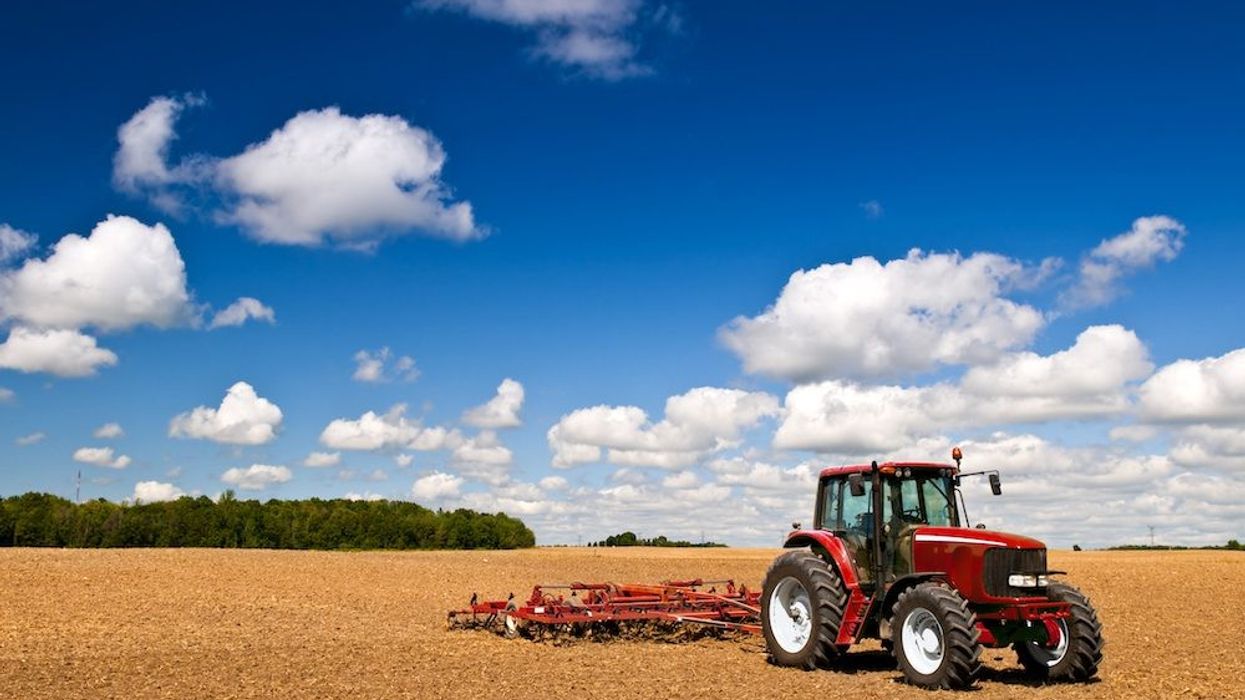Farmland in Ontario is shrinking, with the latest census numbers revealing a total loss of 582,392 acres since 2016.
Ontario's farmland fell from 12,348,463 acres in 2016 to 11,766,071 in 2021, according to census data, taking a notable 4.7% plunge. On average, this means a loss of 319 acres of farmland each day over the five-year period, almost double the 175-acres-per-day loss seen between 2011 and 2016.
In a release, President of the Ontario Federation of Agriculture Peggy Brekveld named urban sprawl as the culprit behind the province's shrinking farmland.
“Since the beginning of the pandemic, there has been an alarming expansion of low-density housing, warehouses, factories and other non-agricultural land uses on land that was previously in agricultural production,” Brekveld said. “This is added pressure Ontario farmers simply don’t need. The need for urban growth to keep up with a growing population is understood, but it has to be approached in a smart, measured and sustainable way. Ontario can’t afford to prioritize haphazard urban development over prime food-producing farmland.”
Ontario's farmland losses were greater than the Canada-wide average of -3.2%. The number of Ontario farms fell 2.5%, which also outpaced the nation-wide average of -1.9%. With exceptions in Alberta and Quebec, every province saw a drop in the number of farms it has, with Statistics Canada noting that smaller and mid-sized farms were hit the hardest.
"Over time, farms have been evolving to become increasingly sophisticated businesses that harmonize automation, modernization and production operations," the Statistics Canada report reads. "As a result, many farms have consolidated and become increasingly larger both in terms of sales and number of employees. Conversely, smaller and mid-sized farms are declining in Canada, thereby impacting the rural landscape and profile of Canadian regions."
Even still, Ontario remains a leading player in the country's agriculture sector, being home to more than a quarter of the country's total farms. It has the largest proportion of Canada’s poultry and egg farms, sheep and goat farms, vegetable and melon farms, and greenhouse, nursery and floriculture farms.
"Ontario is a pivotal contributor to Canadian agriculture, as it is to many economic sectors across Canada," the report reads. "The province’s large size (largest population and second largest province by land area) and its abundance of natural resources help position it among the nation’s leaders in farming."
The province boasted the country's highest soybean and corn production, with soybean acreage going up despite an overall decrease at the national level.
"The increase in the area of soybeans and corn for grain in the province can be attributed to their strong prices," the report says. "The Farm Product Price Index shows that Canada saw a 38.2% increase in the price index of grains between 2017 and 2021."
Interestingly, even as the number of farms with dairy cows and pigs decreased since 2019, the actual number of those livestock has jumped up 4.9% and 15.2% respectively.
In line with both the shrinking number of smaller farms and strong production levels across the province, the number of farms in Ontario with revenues under $100,000 has shrunk, with 59.9% of farms falling into that category as of 2020 compared to 61.4% in 2015. On the other end of the spectrum, the number of farms with revenues over $1M increased by 19.2%.
But there is one issue facing the industry: an aging farmer population. The number of farm operators in Ontario under 35 years old fell by 15% from the previous census, and operators aged 35 to 54 dropped by 20.9%. Meanwhile, farm operators aged 55 and older were up 8.1% from 2016. The average age of Ontario's farm operators now sits at 56.7 years, up from 55.3 years in 2016.





















